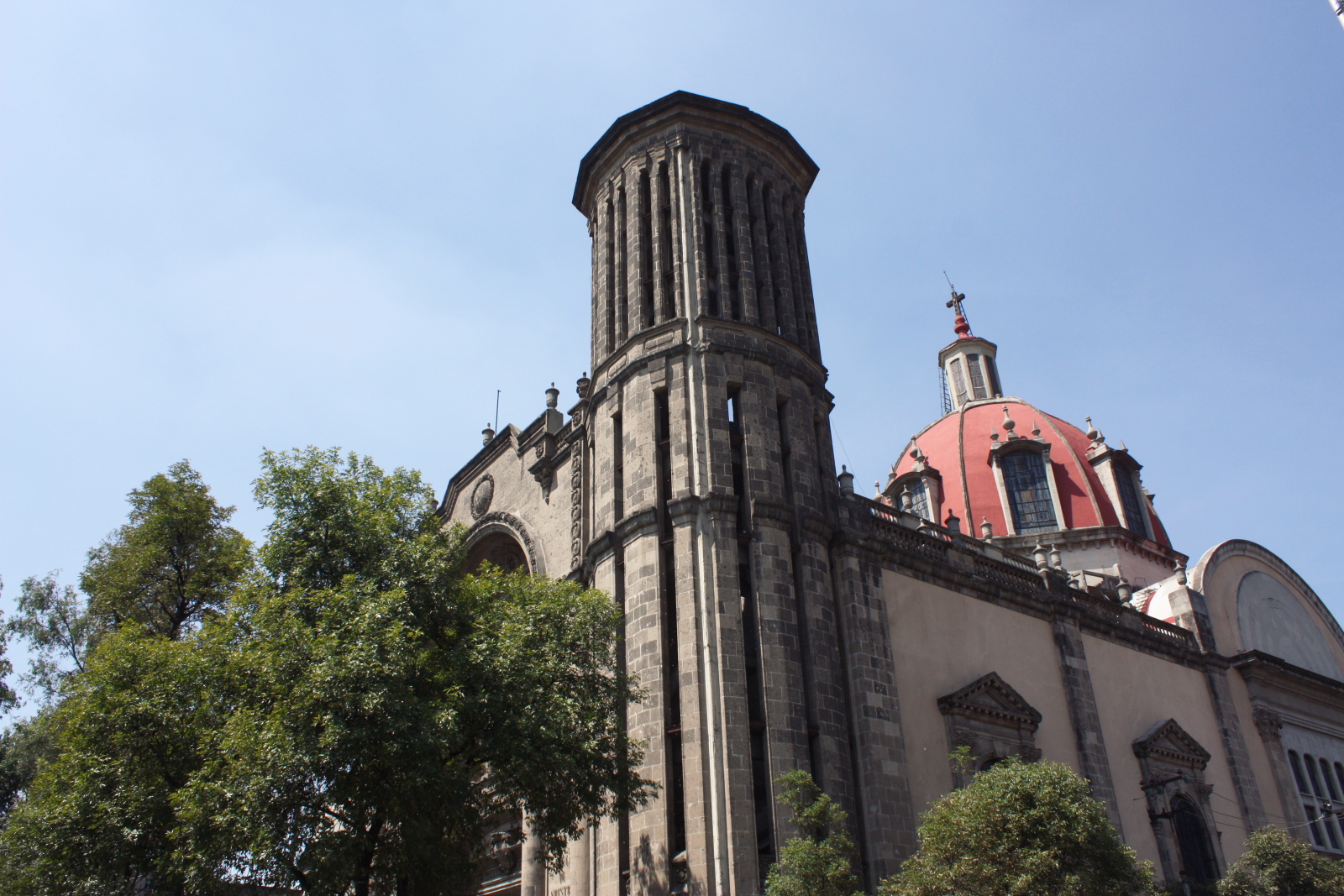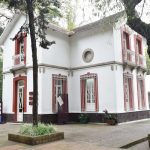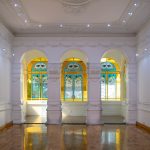
La Sabatina es una de esas enormes iglesias abovedadas que es visible desde todos lados. Sin embargo, casi nadie sabe nada al respecto de ella. El interior, repleto de vitrales que filtran el sol de la tarde, tiene un carácter particularmente cautivador. La iglesia es conocida oficialmente como La Iglesia de Nuestra Señora del Carmen, pero más cariñosamente conocida como La Sabatina, para quienes peregrinan regularmente a la zona. Su historia es un registro del siglo XX, literalmente, grabado en piedra.
El aspecto dramático de la iglesia depende de múltiples estilos clásicos, principalmente renacentista y manierista. La entrada principal está marcada por columnas dóricas que rematan en un monumental arco de medio punto. El primer cuerpo está rematado por un frontón quebrado, con el medallón de la orden de los Carmelitas. La Virgen del Carmen está arriba en el segundo cuerpo, coronado por un arco de medio punto sobre pilastras corintias. Una corona y un halo de luz completan la gigantesca entrada.
La iglesia ha sido criticada por su interior sobrio y moderno. Pero, tan sólo con un pie dentro te transmite paz. Es un espacio diseñado para la contemplación pacífica y relajada. En 1956 se elevó el estatus de iglesia parroquial y en 1964 el propio arzobispo consagró el altar mayor. En 1972, la iglesia finalmente se estableció como parroquia.
 ocd_sabatina@yahoo.com.mx
ocd_sabatina@yahoo.com.mx
 55 53 00 25 / 55 53 23 95
55 53 00 25 / 55 53 23 95

Cercano a 0.24 kms.

Cercano a 0.30 kms.

Cercano a 0.32 kms.

One of Luis Barragán's most beloved residential works . . .

A terrific neighborhood market just below the famous cemetery . . .

One of the stronger players on the San Miguel Chapultepec gallery circuit . . .

Una de las casas antiguas más bellas de San Miguel Chapultepec...